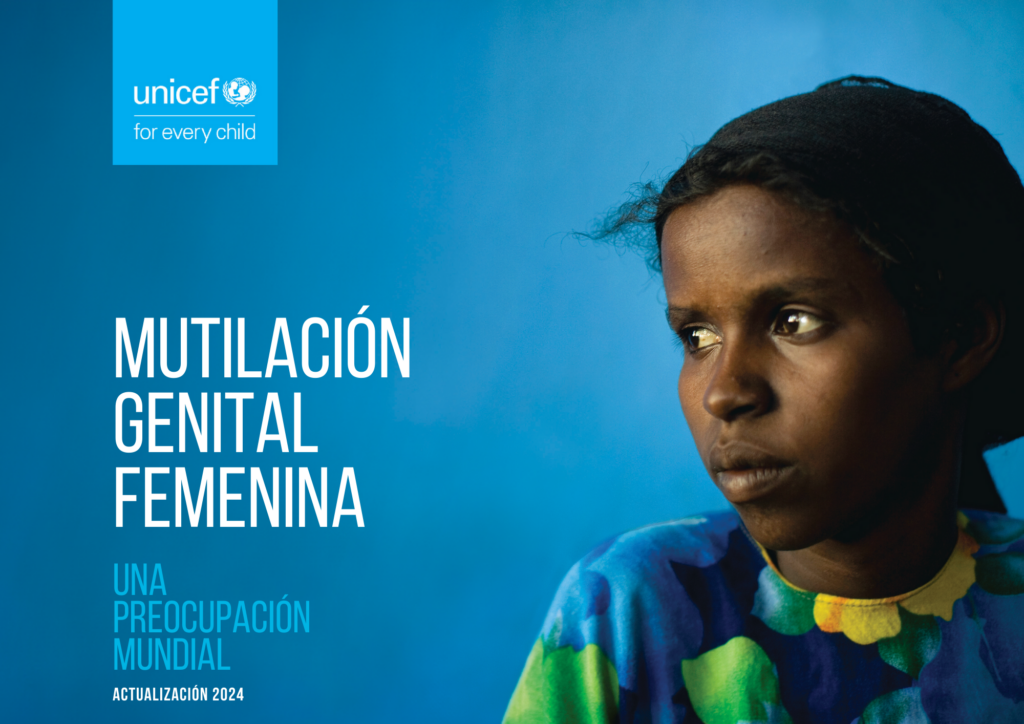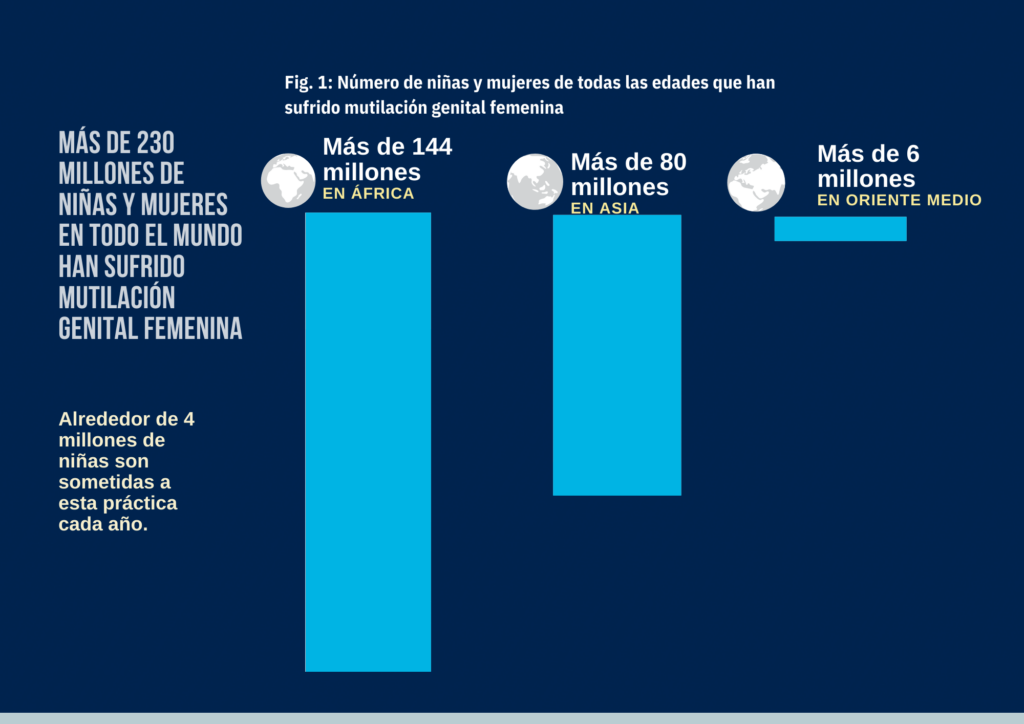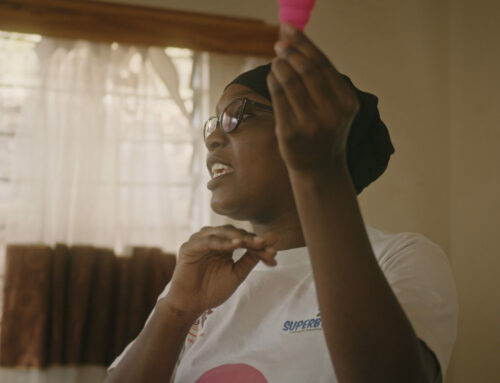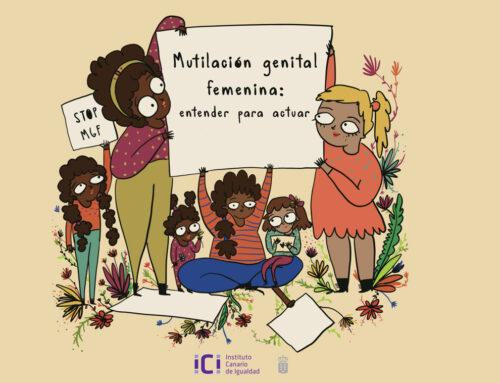
UNICEF has recently released a new report with updated statistics on Female Genital Mutilation (FGM) globally, focusing on 31 countries across Africa, Asia, and the Middle East.
The figures are discouraging. We now must shift our speech from speaking about 200 million survivors of female genital mutilation worldwide to acknowledging 230 million.
This article will review some of the data from the report to understand the urgency of continuing efforts to eradicate female genital mutilation.
Who has undergone female genital mutilation:
- Over 114 million women and girls in Africa
- 80 million live in Asia
- 6 million reside in the Middle East
- 4 million women and girls undergo female genital mutilation each year
- More than half are mutilated before the age of 5

Somalia leads the ranking of countries with the highest prevalence of female genital mutilation, where 99% of the female population is affected, with no recorded decrease over the past 30 years according to official statistics. The outlook is bleak, not only for this country but nearly all in the study, as we are far from achieving the goal of eradicating female genital mutilation by 2023 as planned in the Sustainable Development Goals. Kenya would need to accelerate its progress fivefold to meet the 2030 agenda goal set by the UN.
Hope comes from countries like Cameroon, Ghana, or Uganda where this goal may be achievable as long as the rate of decline continues and efforts to eradicate this practice do not dinish.
The UNICEF report shows low rates of female genital mutilation in countries with high indices of men and boys supporting the abandonment of the practice, such as Togo, Benin, Niger, or Tanzania. This highlights the importance of involving all societal actors in the elimination of harmful customs, as everyone plays a crucial role in embracing progress and positive changes within culture.
The prevalence rates of female genital mutilation vary significantly from one country to another, and even within each country, different groups have varying prevalence. In Kenya, ranked 21st, the rates of female genital mutilation have significantly decreased over recent years among different practicing communities. However, the Somali Kenyan community continues with rates close to 90%. This is the community that Save a Girl Save a Generation works with every day, both in Kenya and Spain.
This report is a reinforcement to remind us that we must continue our efforts, which are more necessary than ever. The world is at a crucial moment regarding the rights of women and girls, and we cannot be complacent. Recently, we heard the story of three girls who died due to female genital mutilation in Sierra Leone, and Gambia’s intent to abolish the law prohibiting female genital mutilation, pushed by men who disregard the integrity and rights of women. Despite the substantial work still to be done and regressive policies, we cannot relent.
At Save a Girl Save a Generation, we continue to fight every day, hoping that upcoming reports will reveal more encouraging data, thanks to the collaboration of small and large organizations, affected members, social and religious leaders, and local and international governments, to ensure that each girl not mutilated is the first of the following generations




Leave A Comment